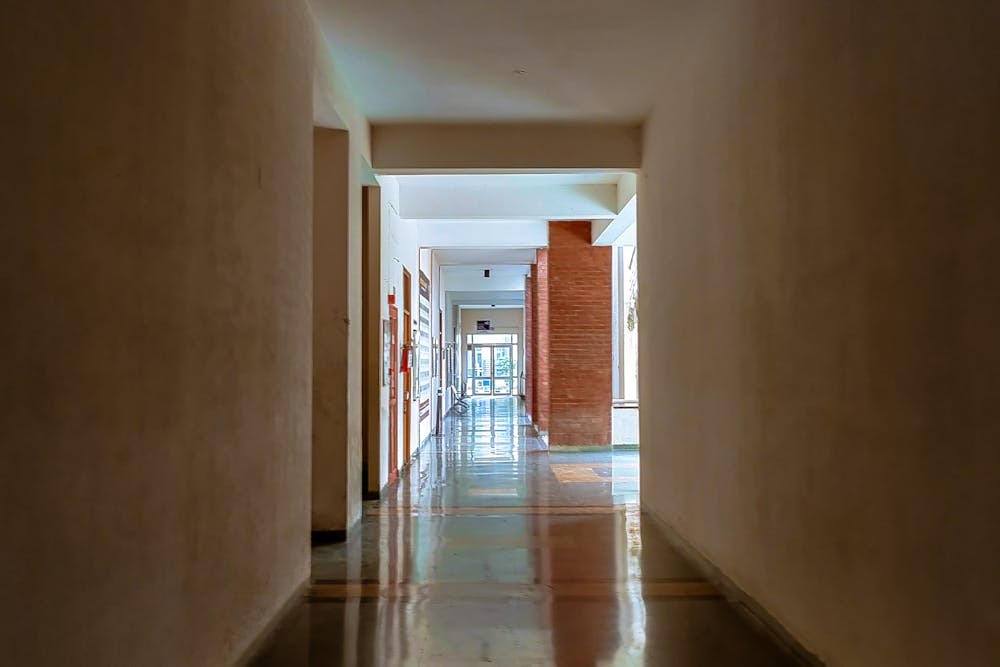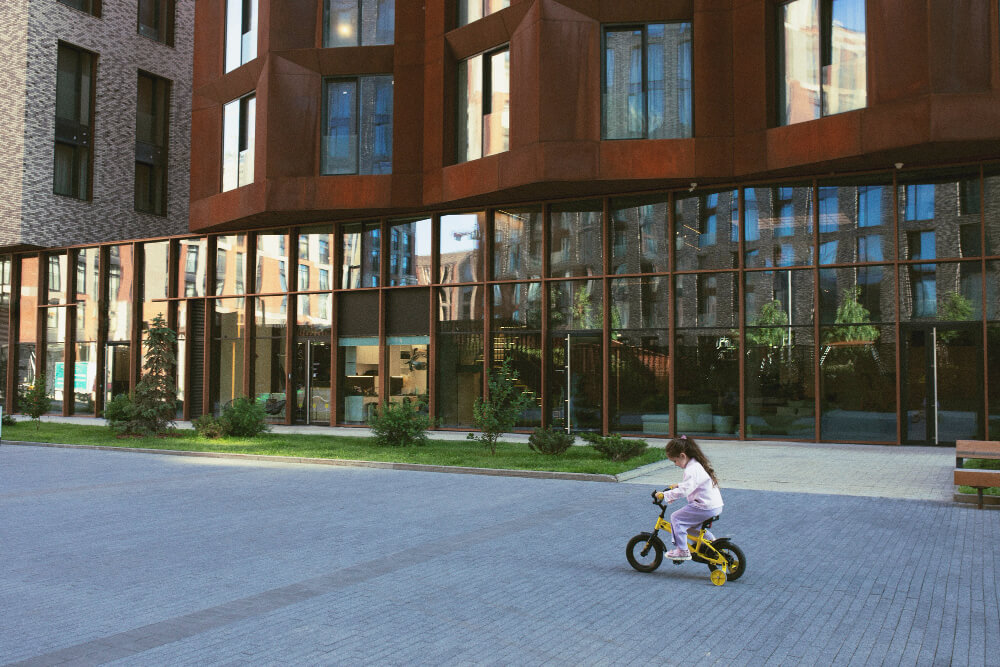School construction and renewal determine more than where children learn—they decide who will be welcomed, supported, and given dignity in public education for decades to come. A district’s capital plan is a blueprint for access, and when that plan is delayed, misaligned, or wasteful, the effects cascade into every other area of the system, including staffing, inclusion, and program quality.
The Olympic Village delay: a case study in structural inaction
As Vik Khanna details in Systemic Failures in Public Education Planning (LinkedIn, July 24, 2025), the Vancouver School Board’s handling of the Olympic Village Elementary project represents a decade-long failure to respond to one of the city’s fastest-growing, family-dense neighbourhoods. While Elsie Roy and Crosstown Elementary have been overflowing, and while families have been told there is no budget for additional Educational Assistants to support children with disabilities, the district allowed years to pass before committing to a build. Now slated for 2029, the 630-seat school carries a staggering $150 million price tag—$238,000 per student—compared to $62,000–$68,000 per student for other recent builds in BC.
Asset disposal and community loss
Khanna recalls that the Simon Fraser Annex, once known as the Teacher Education Centre, served the surrounding population before being declared surplus and sold. This publicly owned site could have alleviated the Olympic Village crisis; instead, it is gone. The district has also leased a portion of Sir Sandford Fleming Elementary’s land to a private developer for 99 years, trading away public space for $8.5 million—a fraction of what BC Housing spends acquiring similar land at market rates for public infrastructure. These are generational losses, the kind that erase options for the children of today and tomorrow, while the district pleads scarcity in the face of basic support requests.
-
A billion-dollar empire and children still in portables
The Vancouver School Board owns 223 properties worth more than $9.5 billion—schools, office lots, apartment units, and even a shopping mall (Postmedia, 2025). And yet every year,…
What the August 2025 project list reveals about VSB
The province’s current major capital projects list shows Vancouver with only a small handful of new builds or major upgrades in progress—Bayview, David Lloyd George, Henry Hudson, Olympic Village—while faster-growing districts like Surrey or Langley advance multiple new schools at once. Even within Vancouver’s limited list, timelines stretch long, and projects like Henry Hudson’s addition arrive years after capacity and accessibility pressures became acute. The pace is glacial, and the opportunity cost is immense.
Missed opportunity for integrated, multi-purpose facilities
The Olympic Village school is being built as a stand-alone, mass timber “sustainability showcase,” yet Khanna notes that comparable environmental performance has been achieved in other projects at far lower cost. Unlike Coal Harbour Phase 2—which co-locates a school, childcare, affordable housing, and a community centre on city-owned land—this build will serve a single function, forfeiting the chance to create a truly integrated civic hub that could have amplified its benefit to the community.
The human cost: when capital drains, inclusion suffers
Every dollar tied up in inefficiency is a dollar unavailable for the urgent work of making classrooms safe, accessible, and properly staffed. Families hear there is no funding for more EAs, no capacity for sensory rooms, no budget for augmentative communication devices—yet the district commits to a single school at a per-student cost nearly four times the norm. The message is clear: capital spectacle takes precedence over everyday access, and children with disabilities bear the consequences.
-
Balancing budgets by denying disabled kids support
In British Columbia, we are told that the education system is improving. Budgets are rising. Inclusion is a stated priority. And yet, for families whose children require…
Toward structural reform
Khanna’s call for integrated, multi-purpose facilities should be paired with a demand for transparency in capital allocation, genuine community consultation, and the explicit inclusion of accessibility in every project brief. Vancouver’s public education future depends on resisting the hollowing out of assets, closing the gap between demographic need and construction timelines, and ending the false scarcity that pits basic student support against brick-and-mortar prestige projects.
-
What would it really cost to fix the problem?
We talk so much about the cost of inclusion—as if it’s indulgent, optional, something that must be justified—but we rarely talk about the cost of exclusion. And…
Our stance on public assets and community benefit
We believe every parcel of public school land must remain in community ownership, safeguarded for the public good in perpetuity. While some voices frame redevelopment as an inevitable or even desirable solution, we reject any path that trades public stewardship for speculative value. We recognise that this position makes some people uncomfortable—especially in a city where corporate advocacy for “integrated development” often blurs the line between public benefit and private gain. Our commitment is to maximise the benefit of these assets for the people who live here today and for future generations, ensuring that every decision is measured by its impact on access, equity, and the lived reality of students who depend on public education.










